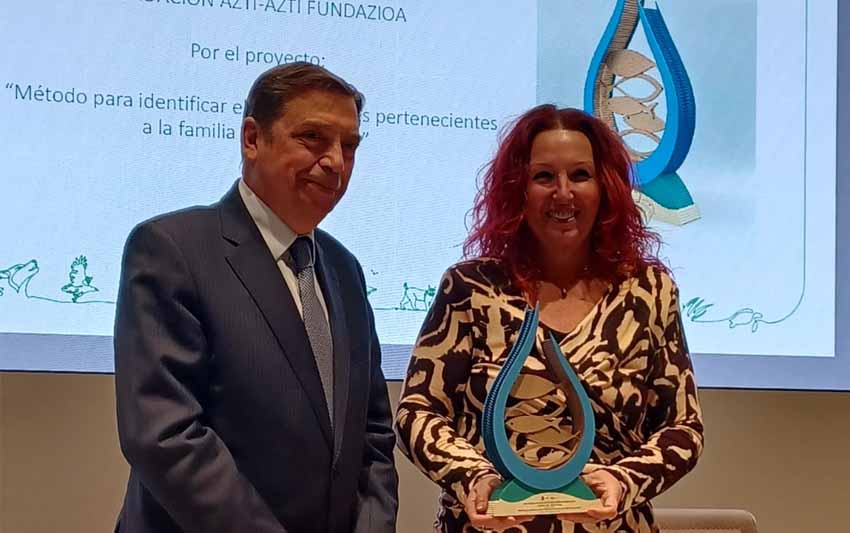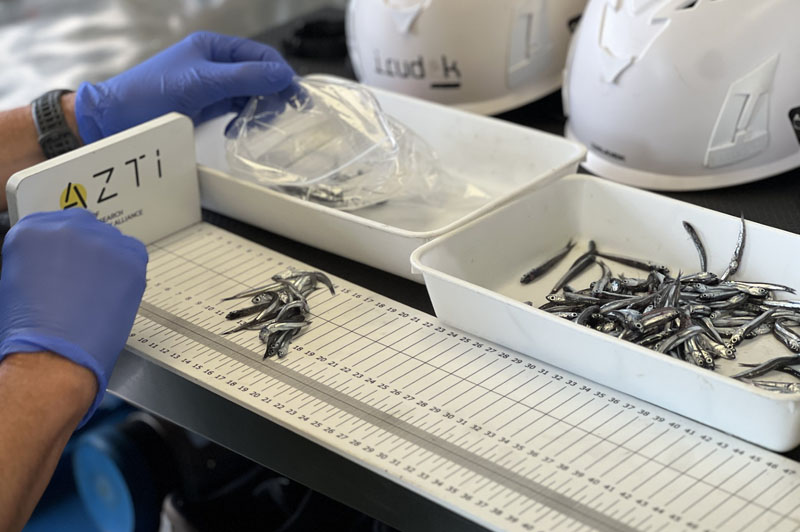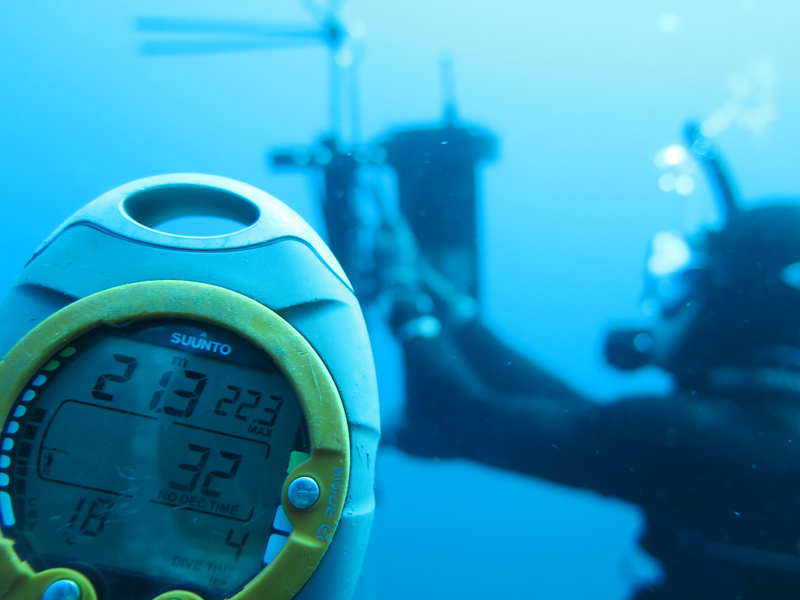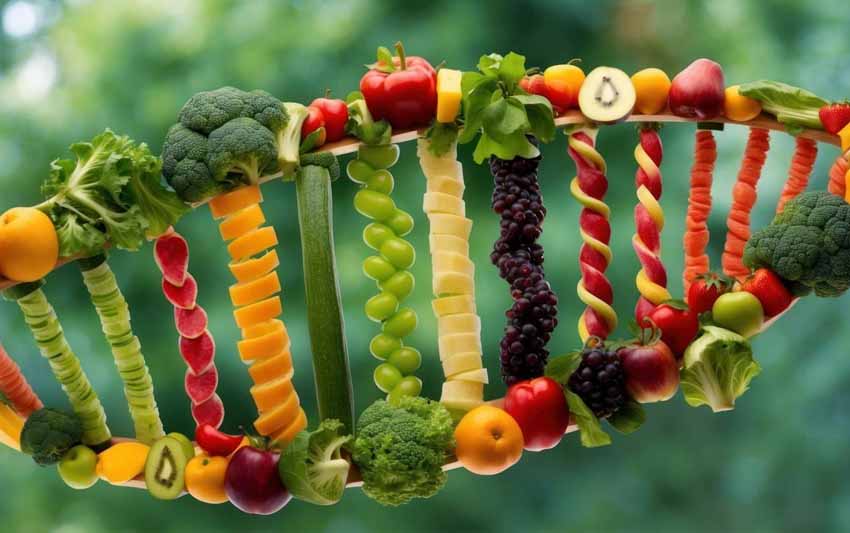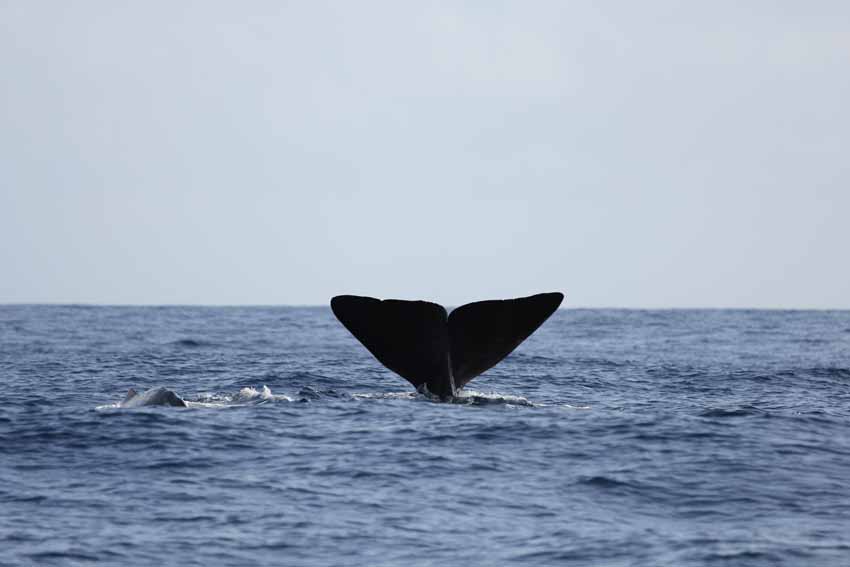Could Mussels Save Humanity, again?
Últimas noticias
AZTI wins the 24th JACUMAR Award with a pioneering PCR method to determine the sex of sturgeons
JUVENA 2025: The abundance of juvenile anchovies in the Bay of Biscay has doubled the historical average
Ethics in Artificial Intelligence for Food and Health: From “Can Do” To “Should Do”
XABIER IRIGOIEN, Principal Researcher at Innovation Projects
Once upon the time, or to be precise between 200 and 150 000 years ago, the incipient humanity was struggling with climatic conditions in its land of origin, Africa. A long glacial era, M2 (1) , had made it difficult to find food.
And, although to what extent the population was reduced to a few hundred individuals is under debate (2, 3, 4), there is strong evidence that modern humans survived in coastal refuges feeding on mollusks, such as abalone, mussels and similar (5,6,7).
The migration out of Africa also followed the coastline, where seafood was easily available (8). Actually, it has been hypothesized that the seafood diet was key for the evolution of modern humans and their disproportionate brains, which occurred just at that time (9,10,11).
Nowadays, humanity is once again facing a combined food security and climate change challenge. The expected 11 billion people on earth by 2050 will be confronted with a global warming which will endanger food production in different regions of the world.
Índice de contenidos
The Foundations of Food Security
Naylor and colleagues (12) have nicely defined the key challenges of food security: Availability, Access, Nutrition and Stability.
Availability is about having enough food for everybody and mainly concerns fresh water, or the energy needed to acquire it (pumping, desalination). With access to fresh water large arid regions could potentially be used for agriculture. There are other limitations, but fresh water is key.
Access to food is in fact the real bottleneck we face. Right now, we produce more than enough food, but a large proportion of humanity does not have enough money to physically access it, to pay to have it in a market near their home. The increase of human population won’t take place in rich countries, where the population is either stable or declining, but in poor countries, mainly in Africa, again, whose growing population still won’t have enough money to pay for food produced in a factory in Europe.
Nutrition refers to the fact that calories and proteins are not enough to feed people. Large numbers of people, even in rich countries, who eat enough calories, have diets that are deficient in microelements such as iron or other essential compounds such as polyunsaturated fatty acids (PUFAs).
Finally, stability refers to the fact that food production needs to be sustainable and stable in the long term, otherwise crises and famines will continue as the population increases and exhausts different ecosystems.
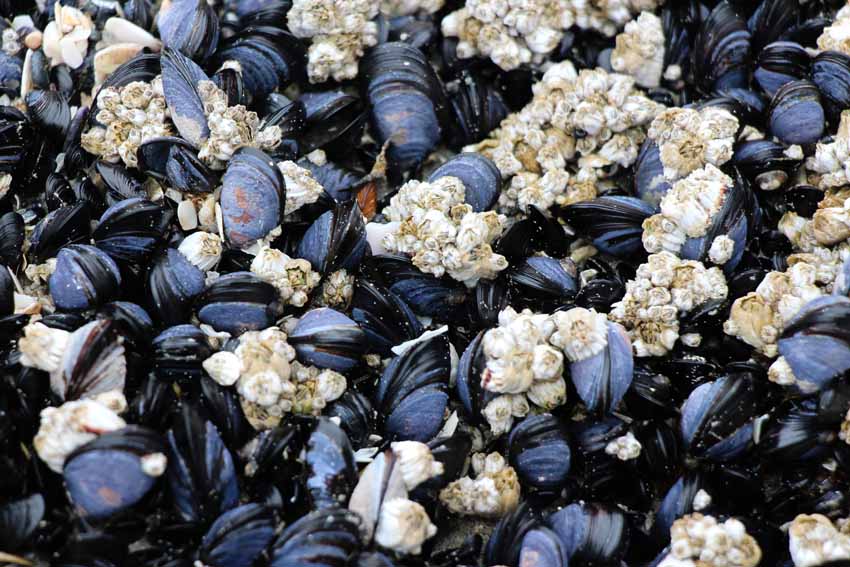
The False Promise of Technological Food
Therefore, when you hear about the magic solutions that will feed 11 000 000 000 people, check that they fulfill the points above.
Meat cultured in bioreactors, vegetal burgers and insects all have less impact in terms of freshwater consumption and CO2 emissions than beef production, but everything has less impact than beef. They need to be compared to other productions such as poultry and aquaculture, where the advantages with higher energy use levels are not so obvious (13, 14). But, in any case, they fail the access check. They are sophisticated technologies producing expensive products that can’t be paid for by people in the regions of the world where the population is growing. They might be a good business that contributes to reducing the global impact of rich countries and clear our conscience about slaughtering animals, but they’re unlikely to feed humanity.
Equally, aquaculture of carnivorous fish such as salmon, which needs fishmeal composed of other fish and soya, might be a lower impact production, but it uses fresh water, land and proteins to produce a marine fish that did not need to compete for land and fresh water with food production (15).
Other sources, such as a potential large biomass of mesopelagic fish (16, 17) show the same problems, even if really available and without considering the impact on carbon sequestration (18), they require technology and capital investments to fish them that poor countries do not have (19).
The Misunderstood Power of Omega-3
In addition, there is the issue of nutrition. Other than calories, several essential nutrients are needed for a complete diet and the lack of them leads to disease. Between those nutrients there is one which is badly misunderstood, Omega3 fatty acids.
Most people believe that Omega3 is a food complement, with a range of real and imaginary properties such as being anti-inflammatory, good for your joints and many others. However, some of the fatty acids encompassed under the general denomination Omega3 are essential for us. What does essential mean? That we need them, and that our body cannot synthesize them, so we must eat them.
The polyunsaturated fatty acids in mammalian nervous systems are mainly docosahexaenoic acid (DHA) and arachidonic acid (AA). Those fatty acids are essential for the development and functioning of our brain and nervous system and the female’s body is depleted of them during pregnancy.
The main source of such long chain fatty acids are aquatic foods because they are synthesized by microalgae and accumulated through the food chain. DHA levels in fish and shellfish are 2.5 to 100 times higher than in terrestrial lean meats. This is why fish is important in your diet.
The Land’s Limits and the Sea’s Gift
The conversion of the polyunsaturated fatty acids provided by terrestrial plants to AA and DHA is much more inefficient due to oxidation and all the enzymatic transformations needed.
In terms of terrestrial food our best direct sources are bird’s eggs, animal brains and bone marrow, meat and finally nuts and oleaginous seeds that do not provide the essential fatty acids but precursors that our body can use, but as said in an inefficient way.
This dependency of our nervous system on marine food is why it has been hypothesized that the final brain evolution leading to homo sapiens must have occurred in coastal areas (20, 21, 22).
Still nowadays, it is estimated that roughly 80 % of these essential Omega3 fatty acids we consume come from fisheries and aquaculture (Prellezo pers. comm.). As we have seen, these essential nutrients cannot be easily replaced by terrestrial vegetables without using up a large fraction of the arable land and fresh water to produce nuts and oleaginous seeds, and even then, it is unlikely we could cover the needs of a large human population.
As an example, it has been estimated that removing animals from US agriculture would result in a reduction of US greenhouse effect gases emissions of 2%, but at the cost of significant nutritional deficiencies. Nutritional deficiencies on what? Obviously deficiencies on the essential fatty acid we mentioned earlier, DHA and AA, together with some vitamins (23).
On the other hand, fisheries have reached their maximum, and carnivorous fish aquaculture is using part of the wild catches and part of the oleaginous seed terrestrial production. So, without marine organisms or meat, human population can grow, but our brains will suffer deficiencies in essential fatty acids.
Mussels: The Humble Answer Beneath the Waves
This is where the mussel comes in. Mytiliculture, growing mussels, offers several advantages in relation to the check points we mentioned above.
Mussel production has a very low environmental footprint. They are herbivores, consuming phytoplankton from the water and therefore they do not need to be fed. They do not consume fresh water, and they do not release nutrients to the water, on the contrary they contribute to reduce eutrophication by filtering microalgae from the water (24).
In terms of CO2 emissions, mussels have the lowest emissions per gram of edible protein of any animal production, much lower than poultry or salmon, 40 to 50 times lower than beef or similar (25).
Even more interestingly, mussel culture is technologically simple, they can be grown in ropes hanging from platforms or directly in longlines. It is not only simple and uses well known methodologies, but it’s also not capital intensive. The financial resources needed to establish mussel farms are in the order of hundreds of thousands, not the tens of millions. Mussels only need space and phytoplankton rich waters to grow. It happens that the regions of the planet with the faster population growth, where food will be needed, do have both coastal space and phytoplankton.
The Mauritanian upwelling, Namibia, the Agulhas current and the Somalian coast are some of the most productive waters in the planet. And, in nutritional terms, although not as rich as some fish, mussels are quite a good source of DHA and AA, as well as other micronutrients. Mussels are a source of proteins and essential fatty acids that can be grown at low cost, and in the regions where food will be most needed. Coming back to the previous check points, they fill the availability, accessibility, and nutritional points. And they are good candidates for a stable production. Obviously, mussels alone will not “save” humanity. Food provision will require the combination of different approaches in different regions, but mollusk aquaculture is one of the few remaining underexploited options (R. L. Naylor et al., 2021, op.cit.), that can be produced where it will be most needed.
As indicated earlier, any other diet, vegan, cultured meat, insects or whatever will have to be complemented with DHA and AA to maintain our brain function. Therefore, as the whole planet will require essential fatty acids, mytiliculture in coastal areas, and the export of seafood, might contribute to increasing the income of those countries by producing something essential for the rest of humanity.
The Circle Closes: Where It All Began
If you remember the beginning of this article, the Agulhas currents in South Africa was one of the refuges where human populations survived during the M2 glaciation, and the East coast of Africa was the road early populations followed in their way out of Africa.
It was also the region where our brain underwent its last evolutionary jump, likely thanks to a shellfish diet rich in DHA and AA, and perhaps the region that can once again provide humanity with the essential nutrients that will be needed soon.
**This article was first published at Mapping Ignorance
